Some Little-Known Facts of the Kargil War
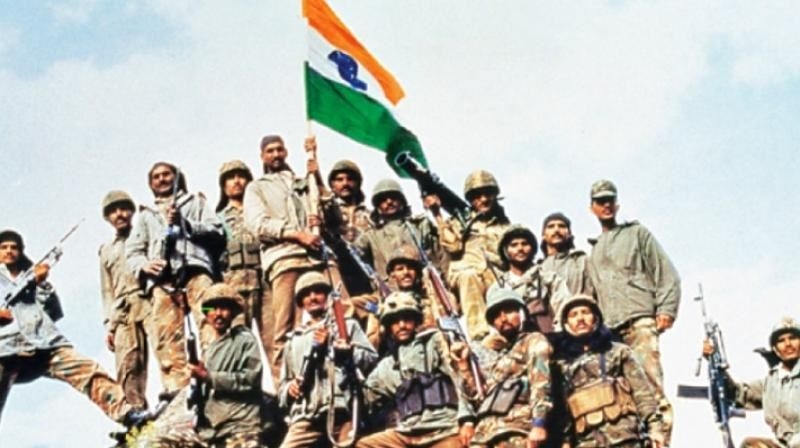
We celebrate Kargil Vijay Diwas on every 26th July to pay homage to martyrs and defenders of India on icy, daunting heights of that Area. Around 140 posts and pickets were established by regulars of Pakistan Army, over a frontage of 100 km up to a depth of 8 km inside Indian territory over months in 1999.
The Indian Army had first detected the intrusions on 6 May 1999. Then Corps Commander Lt Gen Kishan Pal had said a week later that “the situation was local and would be dealt with locally”. The extent of Kargil is 220 km traversing most rugged high-altitude peaks of the great Himalayas with minus 50 temperature. Hand to hand fight in perilous rugged high-altitude terrain against the well-entrenched enemy with exemplary courage and valor of young Officers and Jawans turned the table and put Pakistan to great shame.
Kargil's victory is a stark reality of humiliating an errant nation. The task was of such magnitude that World held its breath and few believed that India would be able to evict Pakistan from the intruded area. Indomitable spirit and valor of Indian Soldiers led by best-trained Leaders made it look so easy.
Lt Col Abdul Mustafa of 19th Battalion of Frontier Force (FF) Regiment of Pakistan, which had infiltrated in Zulu Top area of Kargil, had requested to hand over bodies of his soldiers killed in battle and save ‘Izzat’ of his Battalion and invoked Indians to uphold the name of Field Marshal Sam Manekshaw who had served in the same Regiment before Partition.
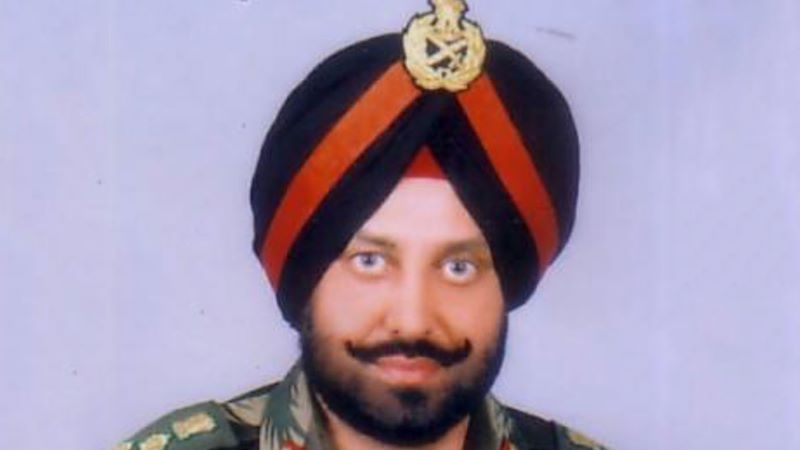
Brigadier Bajwa agreed after consulting his superiors. He told Mustafa that he should send his Troops with a White Flag and Stretchers and take the bodies. Mustafa followed these instructions. On directions of Brigadier Bajwa, handing over of Soldiers’ Bodies with full military honors was Videographed/filmed which went a long way to establish that Pakistan Army Regulars had intruded across the Line of Control and fought along with Irregulars/Mujahidins which helped prove the Indian Case in Inter National Arena.
Brigadier M P S Bajwa had recommended Pakistan’s Capt. Karnal Sher Khan for a Gallantry Award, who was later given Pakistan’s highest Gallantry Award, Brig Bajwa said: “Karnal Sher Khan carried out fierce counter-attacks, which almost dislodged Indian Troops from Tiger Hill. Had he succeeded it would have been impossible to get a hold on the Top again”?
The 8 Sikh Battalion, located at Helmet and India Gate locations, bore the brunt of the Counter Attack led by Karnal Sher Khan, he, donning a tracksuit, was rallying Pakistani Troops again and again. Brigadier Bajwa realized that this was an officer conducting the battle and told the Jawans that he must be killed. This was achieved when he led an attack one more time.
As soon as he was killed, the rest of the Pakistani Troops ran back. Brig Bajwa asked civilian porters to get Karnal Khan’s body down Tiger Hill. He then placed a letter in the jacket of Captain Karnal Sher Khan stating that he had been killed showing great bravery and should be awarded a gallantry award, hoping that it would be noticed when his body was sent back to Pakistan. His recommendation was honored and Sher Khan was given Pakistan’s highest Gallantry Award, Nishan-e-Haider, posthumously. Such is the Golden Heart of an Indian Soldier to recognize valor even of his enemy.
First Pakistan Army Prisoner of War (PoW), Sepoy Mohd Arshad, was also captured by 192 Mountain Brigade. Arshad also belonged to 19 FF and had been caught by 3/3 Gorkha Rifles. Arshad’s interrogation brought out the extent of False Pak Propaganda. Thanking Indian troops for the help, Arshad said he was told in his unit that “Indian ‘kafirs: (infidels) brutally kill captured soldiers”. When Arshad was told that he would be sent back to Pakistan once he recovered, he said he did not want to go back, as he would be killed. He gave vital information of tactical importance to the Brigade during his interrogation. He was eventually handed over to Inter-National Red Cross.
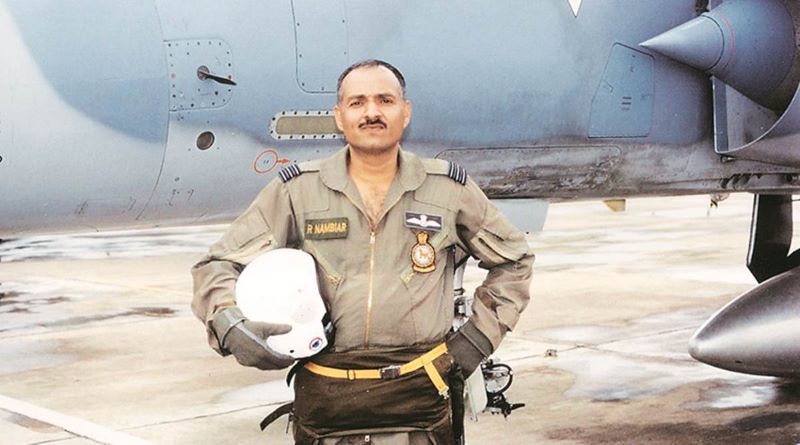
Barely a year after India and Pakistan officially went Nuclear May 1998, India was posed with the unenviable challenge of the possible use of Nuclear Weapons in case of an unintended escalation during the Kargil War. With no experience to fall back upon, it was in the heat of the conflict that IAF/India conjured up a ‘Primitive Air Delivery System for Nuclear Weapons on Mirage 2000.
A casing of the nuclear weapon was concocted and fitted on the centerline of the fuselage of Mirage-2000 aircraft in place of its Central Ventral Fuel Tank by local modifications. Air Craft nose was lowered by 3-4 degrees to achieve the correct Take-off angle of attack of the aircraft. Packed fissile material and the ‘critical parts’ for mating with the material was planned to be done at any forward operational base, rehearsals done and the process for mating and loading on aircraft was fine-tuned, Weapon would be dropped by gravity from the aircraft. At the altitude at which it was to be detonated, would be activated by a barometric device, between 200 and 500 feet above the ground
How the Kargil War was fought is well known by now. But how and when Vajpayee Cabinet first learned of the Intrusions is not known to many. Something was happening in Drass-Kargil Sector serious enough for a Special Forces Unit to be Heli Lifted urgently due to a problem with the Line of Control Management where Intruders were suspected was making rounds of the Capital.
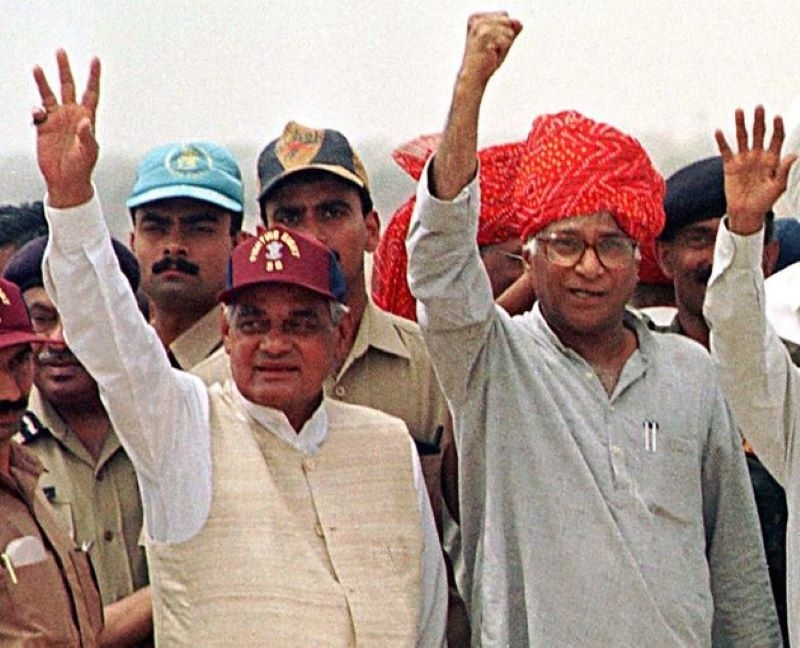
After being briefed by the DGMO, both the Ministers informed Prime Minister Vajpayee and then the political leadership swung into action taking direct control of the conflict between two nuclear-armed neighbors. In the first briefing by the DGMO to PM Atal Bihari Vajpayee on 18 May 1999; Army gave an assessment that it would take about ‘two or three weeks or so’ to “clear the area”. The war was to eventually culminate many weeks later.
On every 26th July, Nation remembers 527 brave Soldiers and Civilians who made supreme sacrifice in the Kargil War for the sovereignty of India. The story of the Kargil War is written with the blood of young officers and men. This day also commemorates the sufferings, compassion, and fortitude of their loved ones. For the widows, the wait of the husband; for the children, wait of father, and for the fathers, wait of the son is yet to get over.
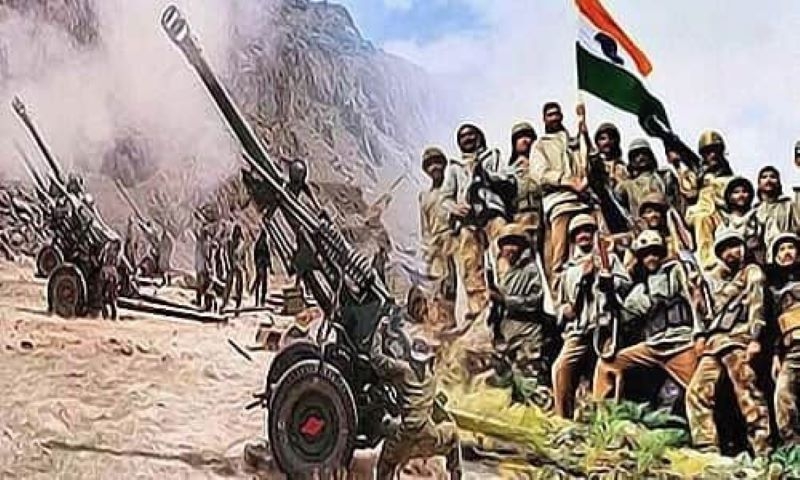
War if thrust upon, must be fought on Enemy Territory. Unfortunately, this cardinal principle was not applied in the Kargil War. To take the war to enemy territory involved crossing the LoC. Had this option been exercised, the victory would have been faster. It would have shown India as a strong nation which takes bold decisions and consequent risk such as it did by a ‘surgical strike’.


